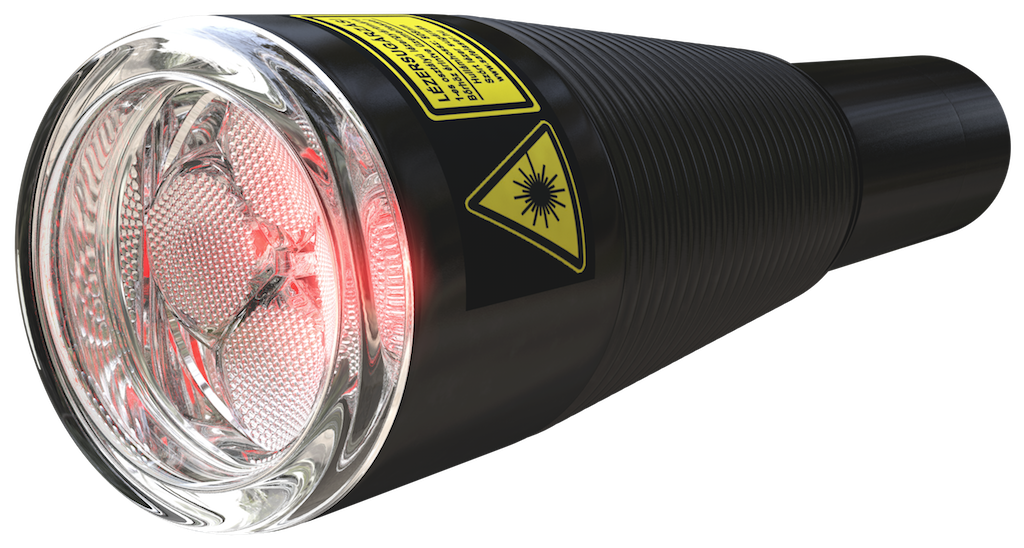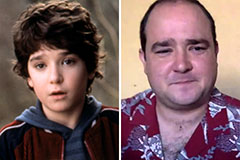Reduced Inflammation - LLLT reduces inflammation by preventing the release pro-inflammatory cytokines. It also promotes the production of anti-inflammatory mediators. In the case of dental problems such as gingivitis and periodontitis, LLLT can help reduce inflammation of the gums which can lead to better gum health.
LLLT promotes tissue healing by stimulating the cellular metabolism which leads to accelerated tissue regeneration and repair. For dental procedures, such as periodontal surgery or oral surgery, LLLT can help enhance healing of wounds and lessen the post-operative discomfort.
Relief from pain LLLT reduces pain by altering nerve conductivity and reducing pain mediators like the substance P. It also helps to alleviate sensitivity and pain after dental procedures.
Disinfection LLLT is antimicrobial and can aid in reducing the burden of bacteria in the oral cavity. It is a great option to treat oral infections like oral ulcers and the peri-implantitis process by encouraging the clearing of bacterial plaque and stopping the spread of infection.
Treatment for Temporomandibular Joint (TMJ). LLL reduces the muscle tension and inflammation within the TMJ. This may help alleviate symptoms such a jaw pain, clicking noises or limited jaw movement.
Oral Mucositis Reduction- LLLT was proven to reduce the extent of mucositis in the oral cavity. Oral mucositis is a side consequence that is often seen during radiation therapy and chemotherapy in cancer patients. It is able to ease the pain and speed up healing of ulcers on the oral mucosa.
The development of healthy tissues in the gingivalGrowth of Healthy Gingival Tissues LLLT has been demonstrated to increase the number of gingival fibroblasts, and encourage the development of healthy gingival tissues. This is beneficial for treating gingival recessiveness or promoting the attachment and development of healthy gingival tissue to dental implants.
In general low-level Laser Therapy by Secure Laser is a non-drug treatment that is non-invasive and does not cause dental problems. It helps speed up healing, more pain relief, and better oral health. It is important to speak with a dental professional for appropriate diagnosis and treatment recommendations prior to using LLLT for dental conditions. View the top rated safe laser 500 for more advice including lágylézer kezelés, safe laser kezelés budapest, lezeres kezeles, safe laser használata, lezer kezeles, lézer kezelés hatása, gyógyító lézer, lágylézer készülékek, lagylezer terapia, lágy lézer and more.

How Can The Safe Laser Low-Level Therapy (Lllt) Aid In Nose Problems?
Low-level Laser Therapy (LLLT) is an effective and safe way to treat nasal problems. LLLT aids in reducing sinusitis, nasal inflammation and allergic rhinitis.
Pain Relief LLLT reduces pain by reducing nerve conduction. This may provide relief to individuals who are experiencing nasal pain.
Improved Tissue Healing LLLT enhances the cellular metabolism which leads to accelerated regeneration and tissue repair. LLLT assists in promoting quicker healing of nasal wounds, nasal mucosal ulcers and other disorders.
Improved blood circulation- LLLT increases microcirculation aswell in vasodilation. The result is increase in blood flow to the nasal tissues. The improved blood flow will deliver oxygen and nutrients directly to tissues that are inflamed and reduce inflammation.
LLLT reduces nasal congestion through promoting nasal vasodilation. This is especially helpful for people with nasal congestion due to conditions such as allergic rhinitis, and chronic sinusitis.
LLLT is effective in treating nasal allergies. It helps reduce inflammation of the sinuses, nasal passages, and other allergic mediators. LLLT works by modulating immunity, and also reducing the release of histamines as well as other allergens. It can offer relief for symptoms such nose congestion, sneezing and itching.
Safe Laser low-level therapy is a highly effective and non-invasive treatment for nose problems. It can help relieve nasal congestion, nasal pain, and inflammation. See a physician for a diagnosis and for treatment suggestions before using LLLT. View the recommended safe laser bérlés for blog tips including lágylézeres készülék, safe laser készülék, lágylézer bérlés, lágylézeres készülék, mozgásszervi betegségek kezelése, lezer kezeles, lágylézer kezelés árak, laser hu, lágy lézer, lagylezer terapia and more.

How Long Does It Typically Require For A Laser Be Effective In Conditions Of The Ear, Nose And Throat?
Safe Laser low-level Laser Therapy (LLLT) can have varying impacts on ENT conditions. This is due to the nature of the kind of disease being treated, its severity and the health of the person, and how they respond to treatment. In general, a series of LLLT sessions over a certain period is recommended to achieve optimal outcomes for ENT conditions.The amount of LLLT sessions required for ENT conditions depends on several variables-
The severity and the type of ENT condition can affect the number of LLLT treatments required. The conditions like tonsillitis, laryngitis and laryngitis that require a variety of treatment options, which includes LLLT, may need different treatment sessions.
The individual's response to treatment- Individual factors such as overall health, immune function and healing capacity may affect how well a person responds to LLLT for ENT issues. Some individuals will react to treatment faster and see a quicker improvement of symptoms. Other people may require more time for treatment.
Treatment Protocol – The treatment plan advised by an ENT specialist plays a key role in the determination of LLLT sessions' frequency as well as the number of sessions required for ENT issues. Healthcare providers can create customized treatment plans for every patient. This may include scheduling LLLT multiple times per week, or at specific intervals.
Acute vs. Acute vs. Chronic conditions - The distinction between acute and chronic condition may also impact the amount of LLLT treatments required. Acute conditions like acute pharyngitis or acute sinusitis can be treated in shorter sessions, while chronic diseases like chronic rhinosinusitis and chronic pharyngitis require more attention.
Certain people will notice improvement in ENT problems after a few LLLT sessions. But for others, it may take longer to see the best outcomes. In order to maximize the benefits of LLLT therapy, it is essential to adhere to the treatment plan recommended by your ENT specialist. Also, you must be present at all scheduled LLLT appointments. It is crucial to keep in touch with your ENT to monitor symptoms and make adjustments to treatments as required.
 Taran Noah Smith Then & Now!
Taran Noah Smith Then & Now! Bradley Pierce Then & Now!
Bradley Pierce Then & Now! Josh Saviano Then & Now!
Josh Saviano Then & Now! Michael Fishman Then & Now!
Michael Fishman Then & Now! Terry Farrell Then & Now!
Terry Farrell Then & Now!